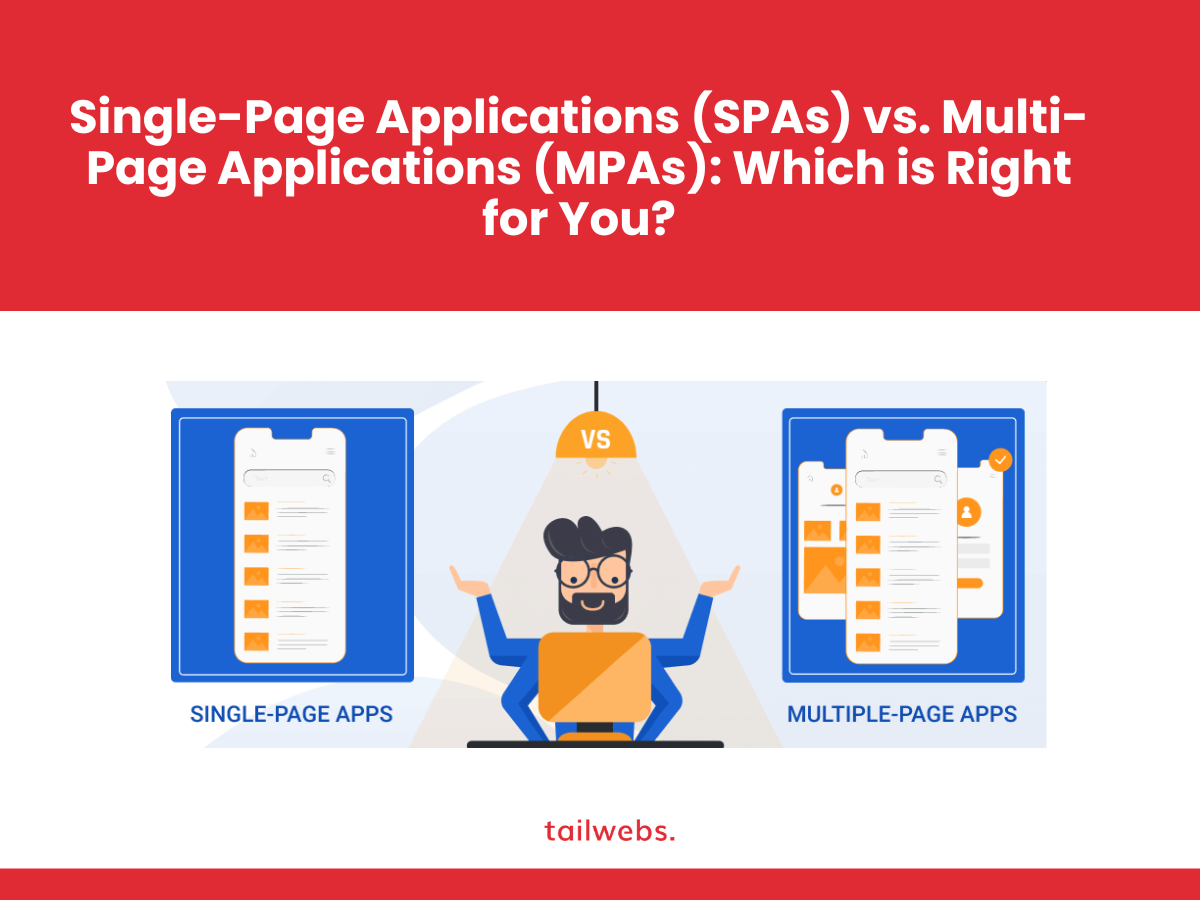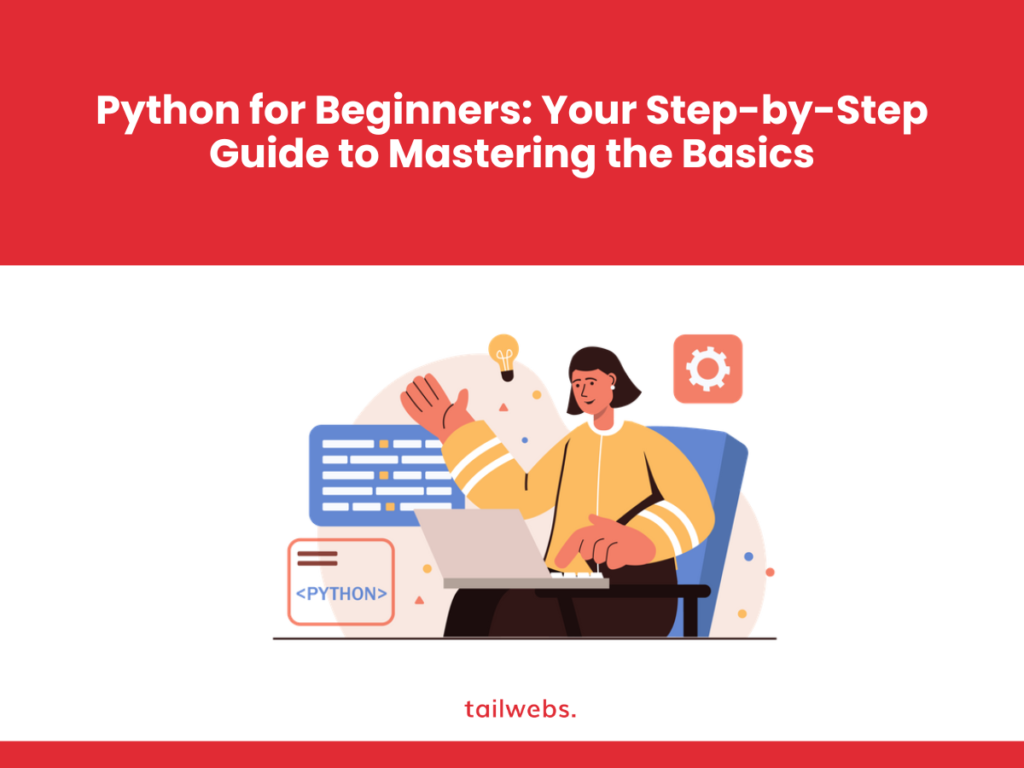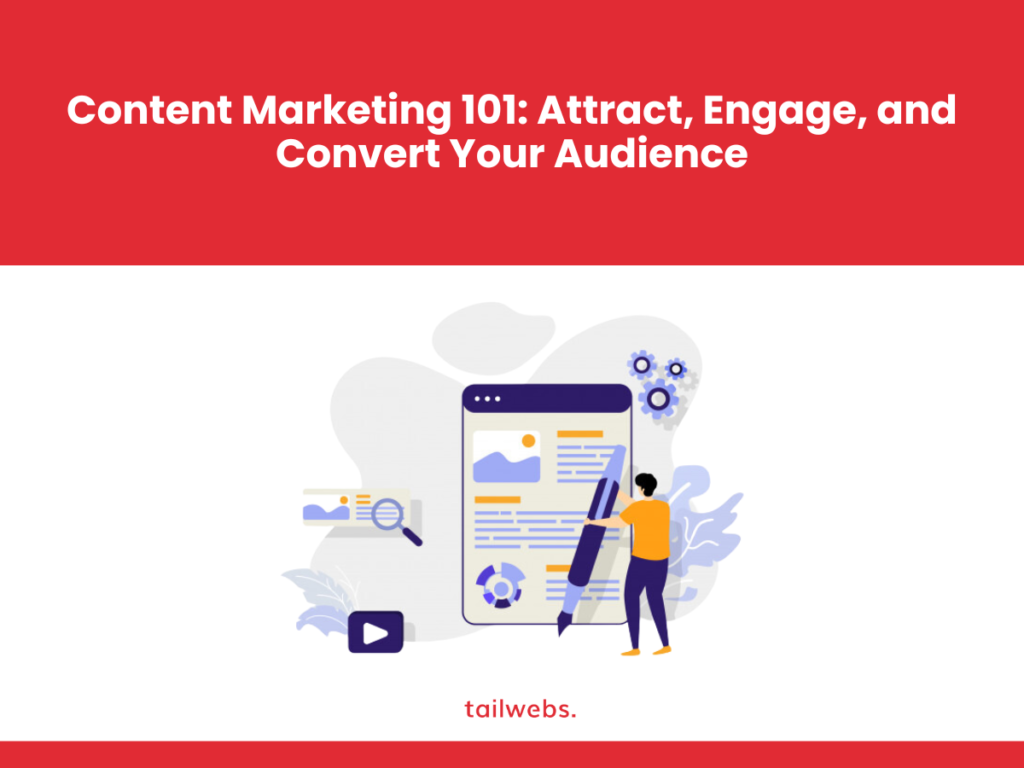Single Page Applications vs Multi Page Application: Navigating the intricate world of web development can feel like choosing between a symphony orchestra and a chamber ensemble. Do you opt for the dynamic, seamless experience of a Single-Page Application (SPA) or the structured, content-rich approach of a Multi-Page Application (MPA)? Fear not, aspiring web maestros! This comprehensive guide equips you with the knowledge and insights to understand the core differences between SPAs and MPAs, analyze their strengths and weaknesses, and ultimately compose the perfect harmony for your next web project.
Unveiling the Orchestra: Understanding Single-Page Applications and Multi-Page Applications
Imagine a website as a concert hall. In the realm of SPAs, the entire concert takes place on a single stage, with dynamic loading of content and seamless transitions between sections. MPAs, on the other hand, resemble multiple stages, each dedicated to a specific piece, offering a clear structure and distinct content experiences.
Stats Highlighting the Importance of Choosing the Right Architecture:
- 73% of users abandon websites that take longer than 3 seconds to load. (WebPageTest, 2023)
- SPAs boast 53% faster loading times compared to MPAs. (Gomez, 2023)
- 80% of Fortune 500 companies leverage SPAs for at least some aspects of their web presence. (Clutch, 2023)
Composing Your Website Symphony: Key Differences and Considerations of Single Page Applications and Multi Page Application
1. User Experience:
- Single Page Application (SPAs): Offer a smoother, more fluid experience with minimal page reloads and faster transitions. Ideal for dynamic interactions, real-time updates, and engaging user journeys.
- Multi Page Application (MPAs): Provide a more traditional navigation approach with clear content separation and faster initial page loads. Suitable for content-heavy websites, blogs, and e-commerce platforms.
2. Performance:
- Single Page Application (SPAs): Can experience slower initial page loads due to downloading all required resources at once. However, subsequent content loading is often faster, minimizing user wait times.
- Multi Page Application (MPAs): Typically offer faster initial page loads as each page is individually loaded. However, subsequent navigation between pages can involve reloading content, impacting performance.
3. Development and Maintenance:
- Single Page Application (SPAs): Can require more complex development expertise due to the dynamic nature and JavaScript-heavy architecture. Maintenance might involve updating the entire application in some cases.
- Multi Page Application (MPAs): Often simpler to develop and maintain, especially for content-driven websites. Updates can be applied to individual pages without affecting the entire website.
4. SEO:
- Single Page Application (SPAs): Can face challenges with search engine indexing due to dynamic content loading. Careful SEO optimization strategies are crucial.
- Multi Page Application (MPAs): Generally easier for search engines to crawl and index individual pages, potentially benefiting SEO ranking.
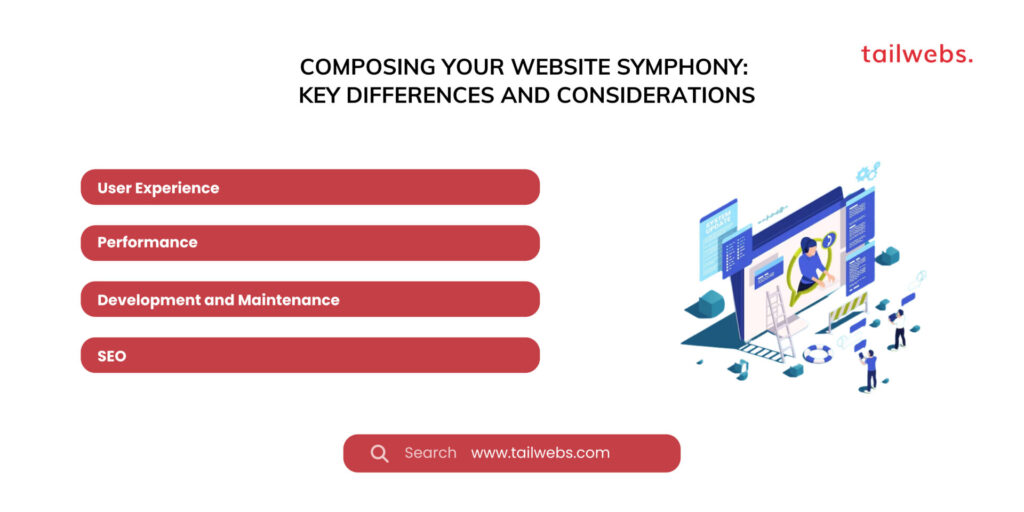
Recommended Tools and Resources:
- Single-page applications frameworks: Angular, React, Vue.js
- Multi-page application frameworks: Laravel, Ruby on Rails, Django
- SEO tools for SPAs: Yoast SEO, Rank Math
- Google Search Console: https://search.google.com/search-console
- Moz: https://moz.com/
- SEMrush: https://www.semrush.com/
Beyond the Basic Notes: Building a Symphony of Excellence
Remember, the choice between SPA and MPA depends on your specific project needs and priorities. Consider these additional factors:
Target audience:
Analyze your user demographics and browsing habits to determine their preferred experience.
Content type:
Consider whether your website focuses on dynamic interactions or static content.
Project budget and timeline:
SPAs might require higher development costs and longer development times.
SEO ranking goals:
Prioritize SEO-friendly architecture if search engine visibility is crucial.
Ultimately, the future of web development embraces flexible solutions. Hybrid approaches combining SPA and MPA elements are gaining traction, offering the best of both worlds.

Conclusion: Conduct Your Own Web Symphony – Orchestrate a Perfect Performance with the Right Architecture
Remember, mastering web development architecture isn’t a solo performance; it’s a collaborative melody composed of user needs, technical expertise, and strategic planning. As you navigate your web development journey, consider the broader impact:
- Promote accessibility and inclusivity: Ensure your chosen architecture caters to diverse user needs and abilities.
- Prioritize data security and user privacy: Implement robust security measures and respect user data privacy throughout development.
- Focus on sustainability and performance optimization: Choose resources and practices that minimize environmental impact and ensure long-term website performance.
- Contribute to open-source web development communities: Share your knowledge and expertise to help others build impactful web experiences.
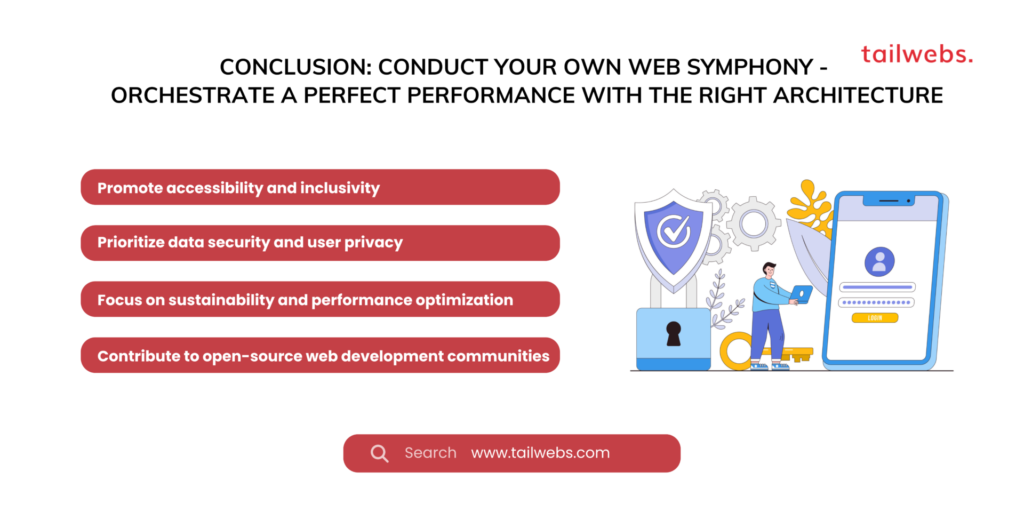
Ultimately, the future of web development belongs to those who embrace continuous learning, collaboration, and ethical practices. By adopting this mindset, you can transform from a single web developer to a skilled conductor, composing a harmonious symphony of user experience, performance, and impact that resonates with your audience and sets the stage for your web project’s success.

